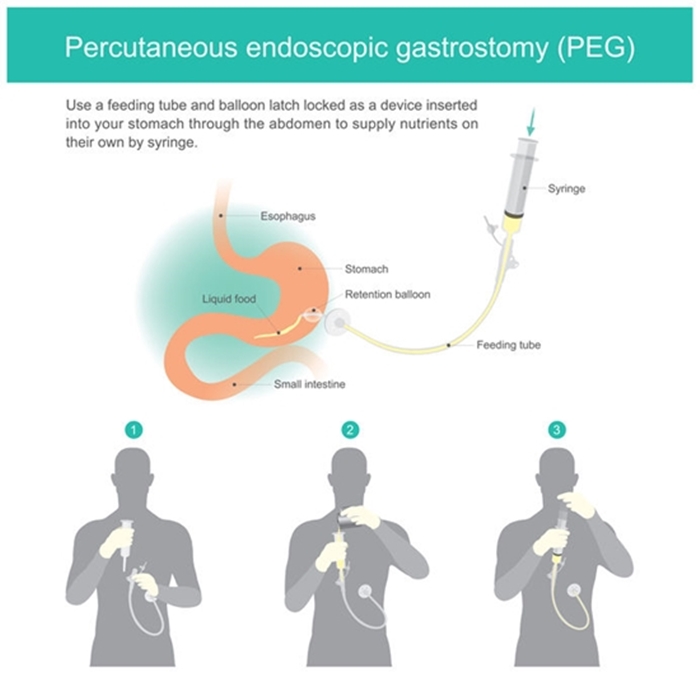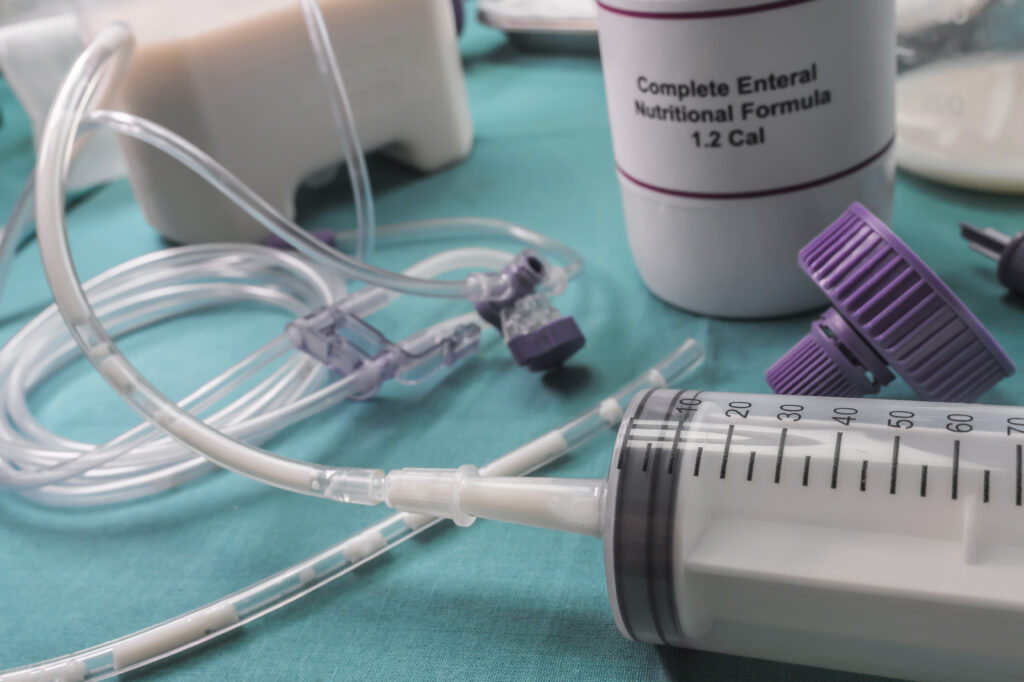Preparing for Gastrostomy Tube Surgery
Three Ways to Perform Surgery The most common type of feeding tube is the gastrostomy (G) tube. A surgeon places a G-tube through the abdominal wall into the stomach. There are three options for G-tube surgery:1. Inserting the G-tube surgically through small incisions using a laparoscope.2. Insert the G-tube using a larger open incision through […]
Preparing for Gastrostomy Tube Surgery Read More »




